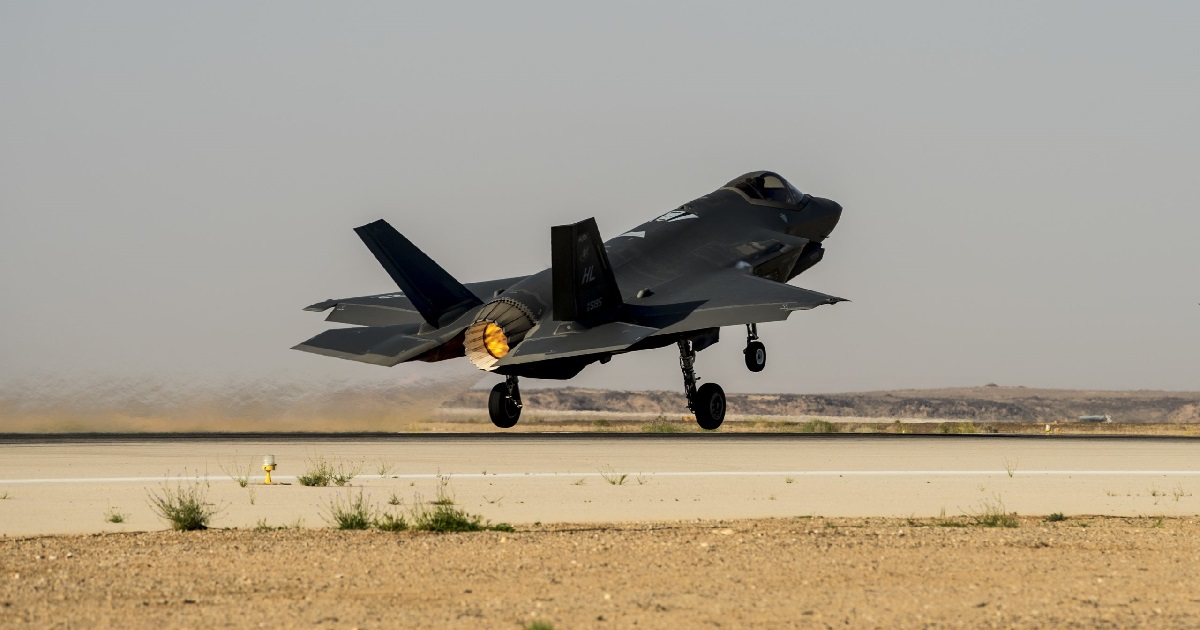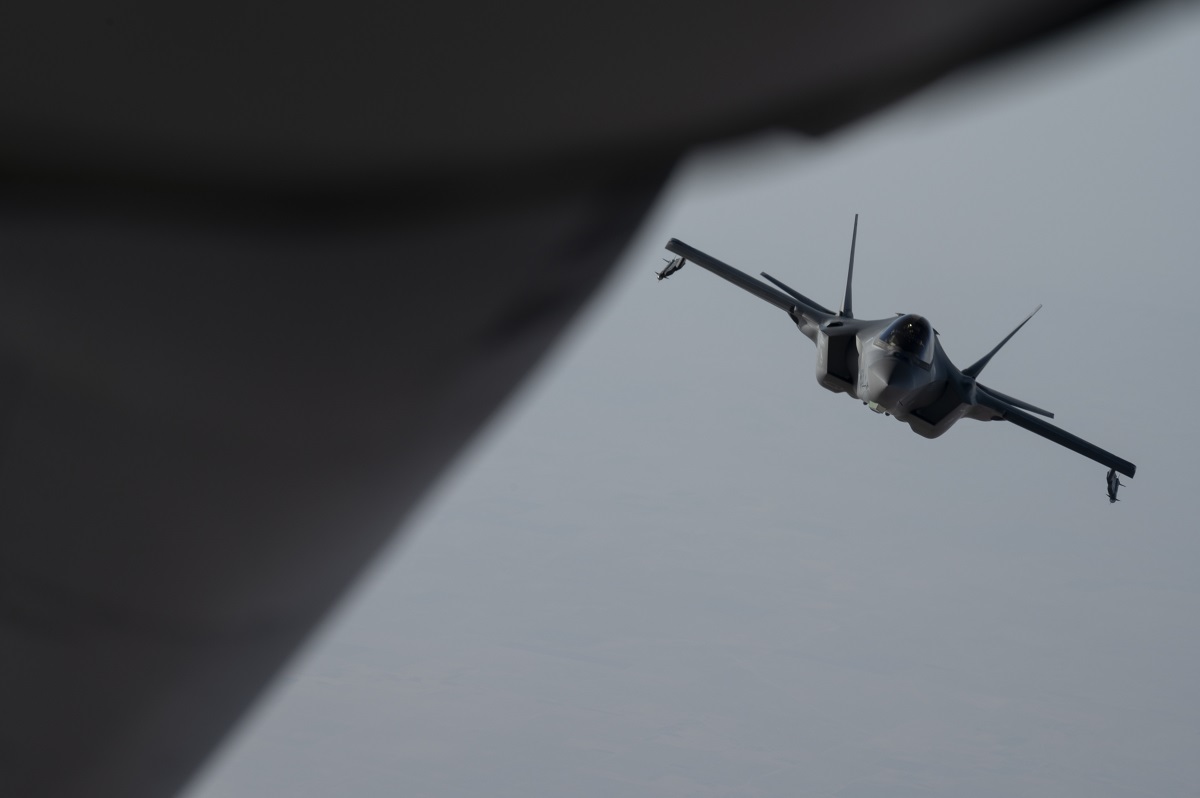The F-35 Lightning II forced Russia's Su-35 fighters to reduce their aggression against US MQ-9 Reaper drones in Syria

Russian Su-35 fighter jets have become less likely to harass US MQ-9 Reaper drones in the Middle East. Officials attribute this to the arrival of the fifth-generation F-35 Lightning II fighters.
Here's What We Know
According to US officials, Russian fighter jets have become less aggressive towards US forces after a series of incidents in the skies over Syria. They cite the arrival of the F-35 Lightning II in the Middle East as the reason.
The fifth-generation fighters were sent to the region along with warships amid Iran's aggressive behaviour in the Persian Gulf. A senior Defence Department official said the F-35s have different roles. The fighter jets fly around the Persian Gulf and perform missions in Syria.

Russian jets stopped attacking US MQ-9 Reaper drones with heat traps after the arrival of the F-35s. Previously, the Su-35s were able to damage two UAVs with an interval of several days in this way.
By the way, the Russian defence ministry recently complained about the aggressive behaviour of the F-35 Lightning II. The US denies the accusations. In addition, a couple of days ago, the Russians said that the MQ-9 came dangerously close to the Su-35. But the defence ministry did not provide any evidence beyond words.
At the same time, the Pentagon refuses to officially comment on the reasons for the decrease in aggressive behaviour of Russian jets. Last week, for example, Sabrina Singh, deputy spokeswoman for the US Department of Defence, advised talking to Russian pilots to find out the reasons.

U.S. Air Forces Central has four squadrons in the region: two F-16 Fighting Falcon, and one each of the F-35 Lightning II and A-10 Thunderbolt II. The fifth-generation F-22 Raptor fighters have long since left the Middle East.
Source: Air & Space Forces Magazine